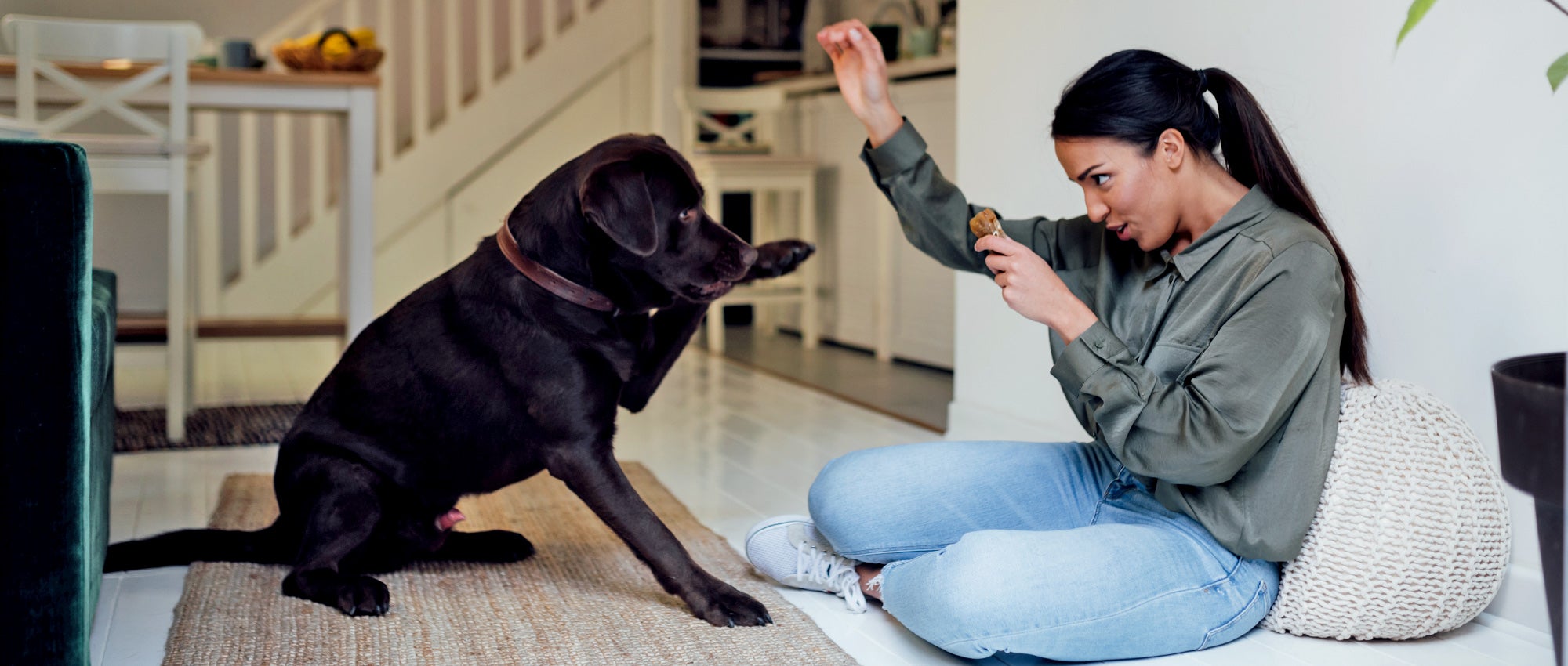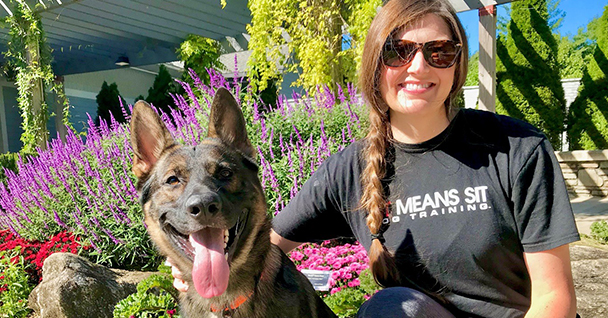Usual Behavioral Issues and Their Solutions in Dog Training
Usual Behavioral Issues and Their Solutions in Dog Training
Blog Article
Necessary Tips for Effective Dog Training: A Guide for Family Pet Owners
Reliable pet dog training is a diverse process that calls for a critical method customized to both the pet's character and the proprietor's purposes. Understanding just how to navigate these challenges can dramatically enhance the training experience, inevitably transforming the relationship in between proprietor and pet dog.
Comprehending Canine Habits
Understanding canine behavior is vital for efficient training and fostering a harmonious connection between dogs and their owners. Canines connect mostly with body movement, vocalizations, and actions, making it important for owners to translate these signals precisely. Acknowledging a pet's stance, tail placement, and ear positioning can offer understandings into its mood. As an example, a wagging tail does not always indicate happiness; it can also signify excitement or anxiousness.

Socialization plays a significant role in pet dog actions; direct exposure to numerous settings, individuals, and other animals can significantly influence a pet dog's personality. Factors such as breed characteristics and individual character must direct training methods, as some breeds might have details behavioral characteristics that demand customized techniques. By understanding these elements, proprietors can create an encouraging environment that urges favorable actions, causing effective training end results and a much deeper bond with their family pets.
Establishing Constant Commands
Efficient interaction with your pet starts with establishing regular commands. This foundational aspect of training is important for promoting understanding in between you and your pet. Consistency in the commands you make use of makes certain that your pet can accurately link certain words or expressions with the desired actions.
When picking commands, pick clear, distinctive words that are very easy to set apart and say from one an additional. Stay clear of using similar-sounding commands that may confuse your canine. As an example, making use of "rest" and "stay" is ideal, yet "sit" and "struck" might bring about misconceptions.
Additionally, keep the same tone and volume for each command. Pets are sensitive to vocal signs, so differing your tone can produce confusion.
It is just as essential to guarantee that all family participants are on the exact same page pertaining to the commands made use of. A united front in command usage will stop combined signals and enhance the learning process.
Favorable Reinforcement Techniques
The power of favorable support in dog training depends on its capacity to motivate desired behaviors through incentives and appreciation. This technique is grounded in the principle that habits followed by favorable outcomes are most likely to be duplicated. By including positive support right into your training program, you can effectively shape your canine's actions in a useful fashion.
To apply positive reinforcement, it's important to identify what encourages your dog, whether it be deals with, playthings, or verbal praise. When your canine performs a desired activity, such as resting on command, promptly award them with a reward or love. This organization between the command and the positive result reinforces their understanding.
It's vital to timing the incentives correctly; delivering the support within secs of the desired habits helps your pet dog make the link (dog training). In addition, uniformity is key-- ensure that all member of the family Recommended Site utilize the same commands and reward systems to prevent complication

Gradually, you can lower the frequency of deals with as your dog discovers the actions, transitioning to commend or intermittent benefits. This approach not just fosters a solid bond in between you and your pet dog however additionally advertises a positive learning atmosphere, making educating a pleasurable experience for both.
Socialization and Interaction
Constantly exposing your pet to a range of atmospheres, people, and other animals is essential for their social growth. Socialization ought to start early, ideally during the important home window of 3 to 14 weeks, when puppies are most receptive to brand-new experiences. Older pet dogs can likewise profit from ongoing socializing initiatives.
Present your canine to various setups, such as parks, pet-friendly shops, and city areas. This direct exposure assists them adjust to numerous stimuli, lowering stress and anxiety and worry actions. Motivate positive communications with various other pets and people, guaranteeing that these experiences are blog safe and regulated to cultivate self-confidence.
Make use of organized playdates with well-mannered dogs, as this can enhance your dog's social abilities and teach them appropriate habits. Obedience classes and training sessions also provide superb chances for socializing, permitting your dog to engage with others in a supervised environment.
Screen your pet's body movement throughout interactions, as this will certainly assist you assess their comfort level. Slowly boost exposure to more challenging situations while ensuring that each experience declares. A well-socialized dog is more probable to exhibit well balanced habits, making them a delight to have in any kind of setup.
Dealing With Typical Training Obstacles
Every dog proprietor will certainly come across training difficulties eventually, regardless of their canine's age or socialization degree. Determining usual concerns such as stubbornness, interruptions, and fearfulness can aid in creating efficient strategies for enhancement.

Gradually present interruptions as the canine ends up being much more skilled in commands. Short, constant training sessions are likewise efficient in keeping focus.
Fearfulness can impede a pet's discovering procedure. Steady desensitization to the resource of concern, paired with favorable reinforcement, can aid alleviate anxiousness. Perseverance is essential; never ever require a pet right into a situation that causes distress, as this might worsen the issue.
Eventually, understanding and dealing with these usual obstacles with an organized method will certainly promote a much more efficient training experience, enhancing the bond between canine and proprietor while promoting reliable understanding.
Final Thought
In summary, successful dog training depends on a detailed understanding of canine actions, the establishment of constant commands, and the application of positive support techniques. Socialization plays a crucial Homepage function in developing well-adjusted pets, while dealing with typical training obstacles needs persistence and versatility. By implementing these necessary strategies, animal proprietors can promote a strong bond with their pets and promote preferable behaviors, ultimately resulting in a harmonious relationship in between humans and their canine friends.
Recognizing canine habits is important for efficient training and promoting an unified connection in between dogs and their owners.Socialization plays a substantial role in dog habits; exposure to numerous environments, people, and various other animals can significantly influence a pet's personality.The power of positive reinforcement in canine training lies in its capability to motivate preferred actions via benefits and praise. By incorporating favorable support into your training program, you can successfully form your canine's behavior in a constructive fashion.
In summary, successful pet training counts on an extensive understanding of canine habits, the establishment of regular commands, and the application of positive support techniques.
Report this page